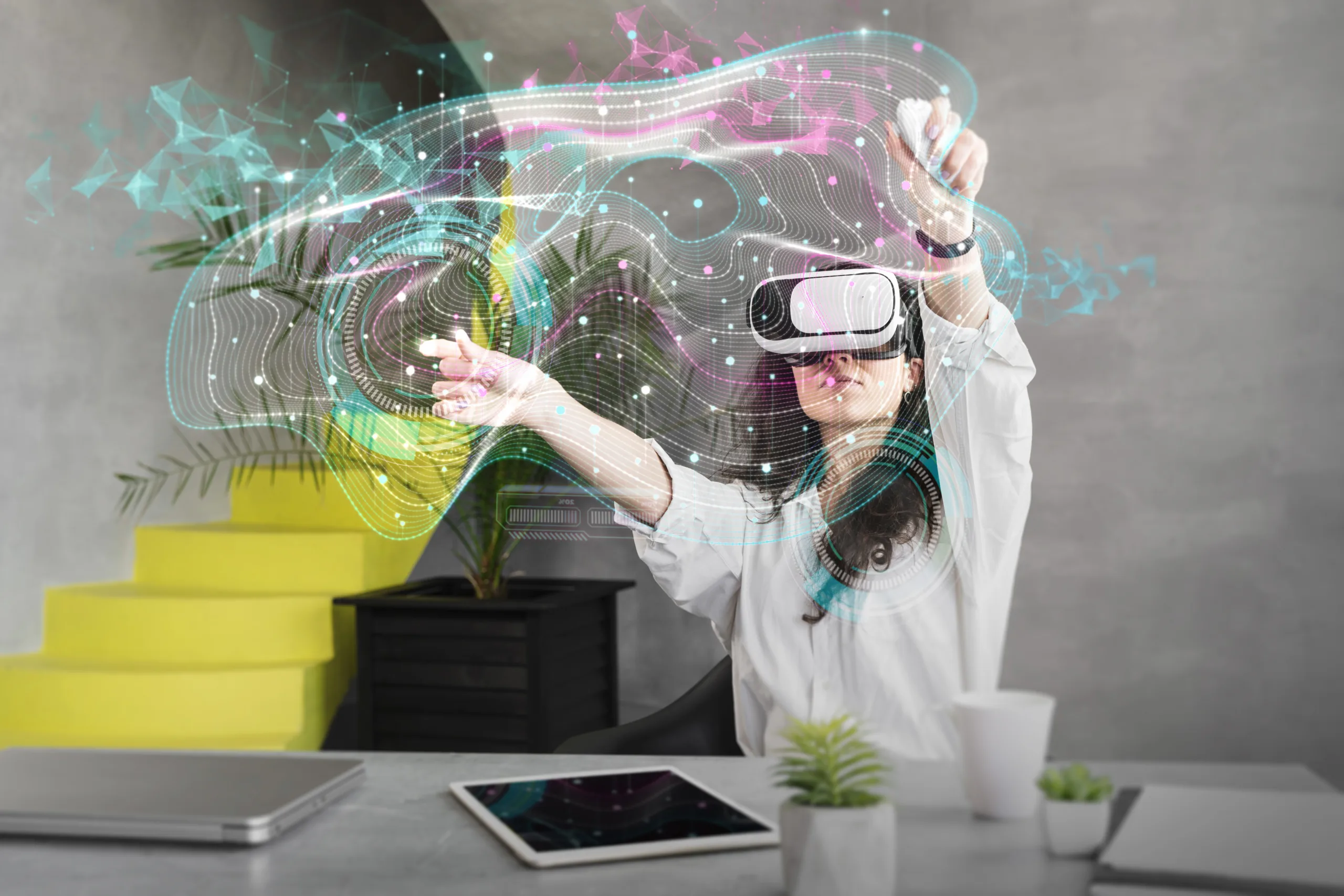Introduction
In the ever-evolving landscape of marketing, technological advancements continually shape the way brands connect with consumers. As we step into 2024, Augmented Reality (AR) and Virtual Reality (VR) have emerged as transformative tools, redefining the marketing paradigm. These immersive technologies are no longer confined to the realms of gaming and entertainment; instead, they are becoming integral components of innovative marketing strategies. This article explores the profound impact of AR and VR on marketing, delving into their current applications, the evolving consumer experience, and the potential future trends.
The Current State of AR and VR in Marketing:
- Enhanced Customer Engagement:
AR and VR technologies are revolutionizing how brands engage with their audience. AR, in particular, enables consumers to interact with products and services in a more tangible way. For instance, furniture retailers allow customers to visualize how a piece would look in their homes using AR applications. VR, on the other hand, takes immersion to the next level, providing virtual experiences that transcend traditional marketing boundaries. - Immersive Brand Experiences:
As consumers demand more than just products, brands are leveraging AR and VR to create immersive experiences. From virtual try-on sessions for fashion enthusiasts to interactive 3D advertisements that pop up in the real world through AR, marketers are finding innovative ways to captivate their audience’s attention and foster a deeper connection with their brands. - Interactive Advertising Campaigns:
Traditional advertising is becoming less effective in capturing the attention of the modern consumer. AR and VR offer a way to break through the clutter by providing interactive and memorable experiences. Marketers are developing AR-powered ad campaigns that allow users to engage with content in real-time, promoting a sense of participation and personalization.
The Evolving Consumer Experience:
- Personalized Shopping Journeys:
AR and VR technologies enable marketers to tailor the shopping experience for individual consumers. AR applications can superimpose virtual elements onto the real world, allowing users to “try before they buy” in the comfort of their own homes. This not only enhances the consumer experience but also reduces the likelihood of post-purchase dissatisfaction. - Virtual Showrooms and Test Drives:
In industries such as automotive and real estate, where physical interaction is crucial, VR is transforming the way consumers explore and experience products. Virtual showrooms and test drives provide a realistic preview of a product or property, allowing consumers to make more informed decisions without the need for a physical presence. - Storytelling through Immersion:
AR and VR offer marketers a powerful platform for storytelling. Instead of conveying a brand message through traditional media, these technologies allow brands to immerse consumers in a narrative. Virtual tours, simulations, and interactive experiences enable brands to create emotional connections, fostering a lasting impact on the audience.
Future Trends and Possibilities:
- Social AR and VR:
The convergence of AR, VR, and social media is poised to be a game-changer. Social AR experiences, where users can share augmented realities with their social circles, are becoming increasingly popular. VR social platforms are also emerging, providing users with the ability to connect in a virtual space. Marketers are exploring ways to integrate their campaigns seamlessly into these social AR and VR environments to tap into a vast and engaged audience. - AR Cloud Technology:
The development of AR cloud technology is set to elevate the capabilities of augmented reality. This technology allows persistent AR experiences to be anchored to specific locations, creating a shared AR space that users can access. Marketers can leverage AR cloud technology to create location-based campaigns, turning physical spaces into interactive marketing canvases. - AI Integration for Personalization:
The integration of Artificial Intelligence (AI) with AR and VR opens up new possibilities for personalization. AI algorithms can analyze user behavior and preferences to tailor AR and VR experiences in real-time. This level of personalization enhances user engagement and ensures that marketing messages resonate with individual consumers on a deeper level.
Conclusion
As we look ahead to 2024 and beyond, the impact of Augmented Reality (AR) and Virtual Reality (VR) on marketing is set to intensify. These technologies have transcended novelty status to become indispensable tools for brands aiming to stay ahead in a competitive market. The immersive and interactive nature of AR and VR has the potential to reshape consumer behavior, providing marketers with unprecedented opportunities to connect with their audience. The evolving landscape presents both challenges and exciting possibilities, urging marketers to embrace these technologies and navigate the future of marketing with innovation and creativity. As we witness the continued fusion of the digital and physical worlds, one thing is clear – AR and VR are not just trends; they are transformative forces that will shape the future of marketing in ways we are only beginning to explore.
If you want to take help to get more engagement on Instagram or to optimize your Instagram profile, you can also consult Digital SunBird for all kinds of assistance at a reasonable price.
